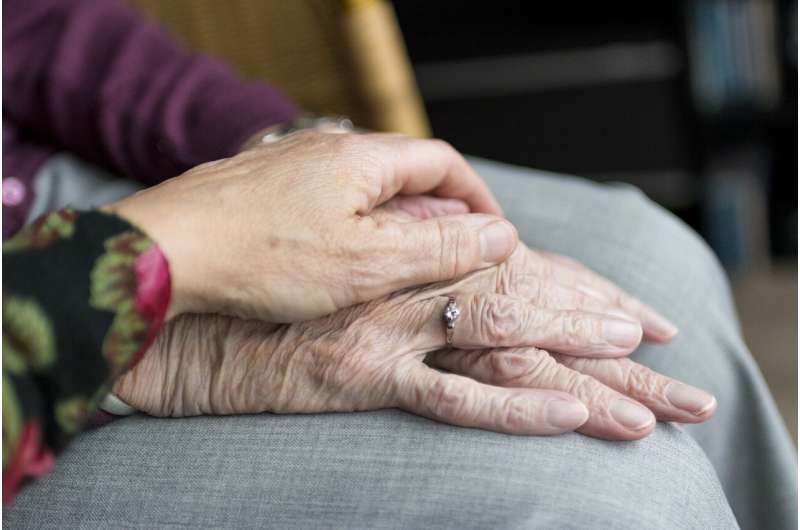Epidemiologists develop state-of-the-art tool for measuring the pace of aging

Researchers at Columbia University Mailman School of Public Health have developed a new blood test to measure the pace of biological aging. Based on an analysis of chemical tags on the DNA contained in white blood cells, called DNA methylation marks, the new test is named DunedinPACE, after the Dunedin Birth Cohort used to develop it. DunedinPACE (stands for Pace of Aging Computed from the Epigenome) is a new addition to a fast-growing list of DNA methylation tests designed to measure aging and contributes value-added over and above the current state of the art. The findings are published online in the journal eLife.
"What makes DunedinPACE unique is that, whereas other tests aim to measure how old or young a person is, DunedinPACE measures whether you are aging quickly or slowly," said Daniel Belsky, Ph.D., assistant professor of epidemiology at Columbia Mailman School and a researcher at the Columbia Aging Center. This design could make DunedinPACE more a more sensitive tool to detect effects of interventions that aim to slow aging or of exposures that accelerate aging processes. "Whereas other measures of aging are designed to capture all aging-related change accumulated across the life course, our measure is focused on changes occurring over the recent past," explained Belsky. "What is striking is that, even with this more restricted focus, DunedinPACE is equally precise as the best of the currently available tests in predicting disease, disability, and mortality in the future, and it adds value to risk assessments over and above these measures."
Developed by Belsky and colleagues at Duke University and the University of Otago, DunedinPACE tracks changes in 19 biomarkers of organ-system integrity in the 1000-member Dunedin Study birth cohort, who were first enrolled in the study at birth in 1972-1973 and have been followed up ever since, most recently at the time of their 45th birthday. This study used data collected from the participants when they were all aged 26, 32, 38, and 45 years.
The use a single-year birth cohort to develop the measure ensures DunedinPACE is not contaminated by biases that may affect studies that compare older to younger people, including survival bias, historical differences in exposure. The analysis of changes that occurred within Study members' bodies as they aged over the 20-year follow-up also ensures that DunedinPACE measures aging-related changes occurring during adult life.
In addition to the Dunedin Study, the researchers also used data from the Understanding Society Study, the Normative Aging Study, the Framingham Heart Study, and the Environmental Risk (E- Risk) Longitudinal Twin Study.
In the current analysis, midlife and older adults with faster DunedinPACE were at increased risk for incident chronic disease, disability, and mortality; across the lifespan, DunedinPACE was correlated with measures of biological age derived from blood chemistry and DNA methylation data, and with research participants' subjective perceptions of their own health. It also indicated faster Pace of Aging in young adults with histories of exposure to poverty and victimization.
"In sum, DunedinPACE represents a novel measure of aging that can complement existing DNA methylation measures of aging to help advance the frontiers of geroscience," noted Belsky, who is also with the Robert N. Butler Columbia Aging Center, Columbia Mailman School.
The current analysis establishes DunedinPACE as a novel single-time-point measure that quantifies Pace of Aging with whole blood samples, that can be readily implemented in most DNA methylation datasets, making it immediately available for testing in a wide range of existing datasets as a complement to existing methylation measures of aging.
"There is growing interest in technologies to measure a biological age, defined as how much older or younger a person is biologically than their birthdate would predict. Our study reveals that it is also possible to measure Pace of Aging, or how fast a person's body is declining. Together, these measurements can help us understand the factors that drive accelerated aging in at-risk populations and identify interventions that can slow aging to build aging health equity."
More information: Daniel W Belsky et al, DunedinPACE, a DNA methylation biomarker of the pace of aging, eLife (2022). DOI: 10.7554/eLife.73420




















